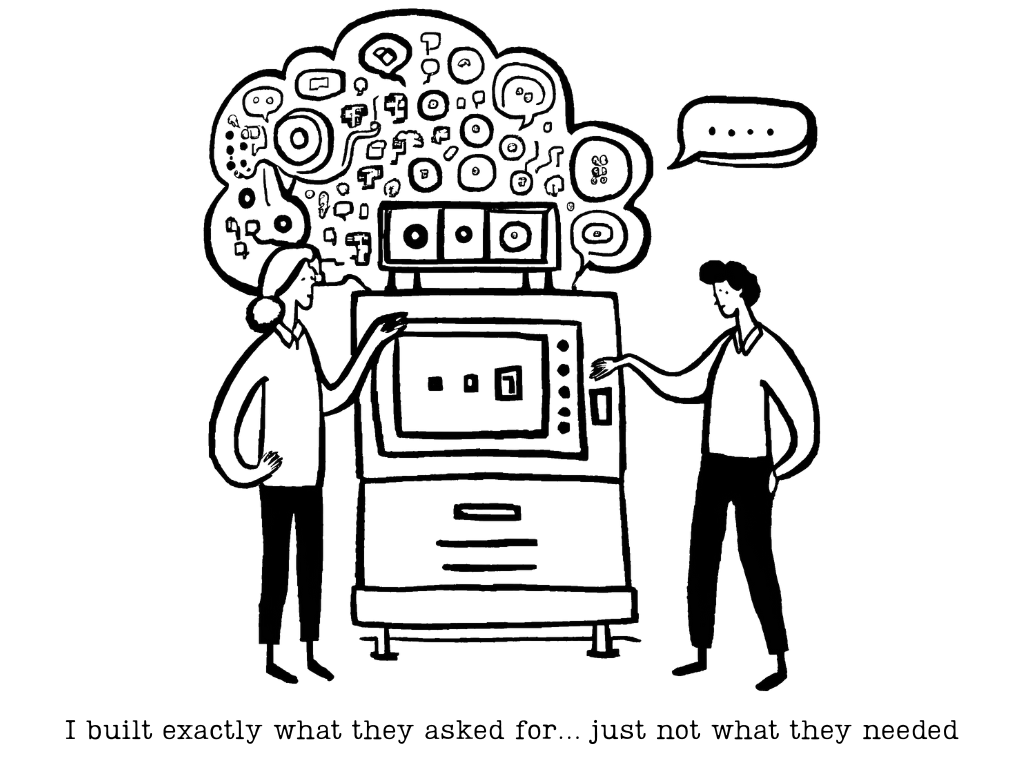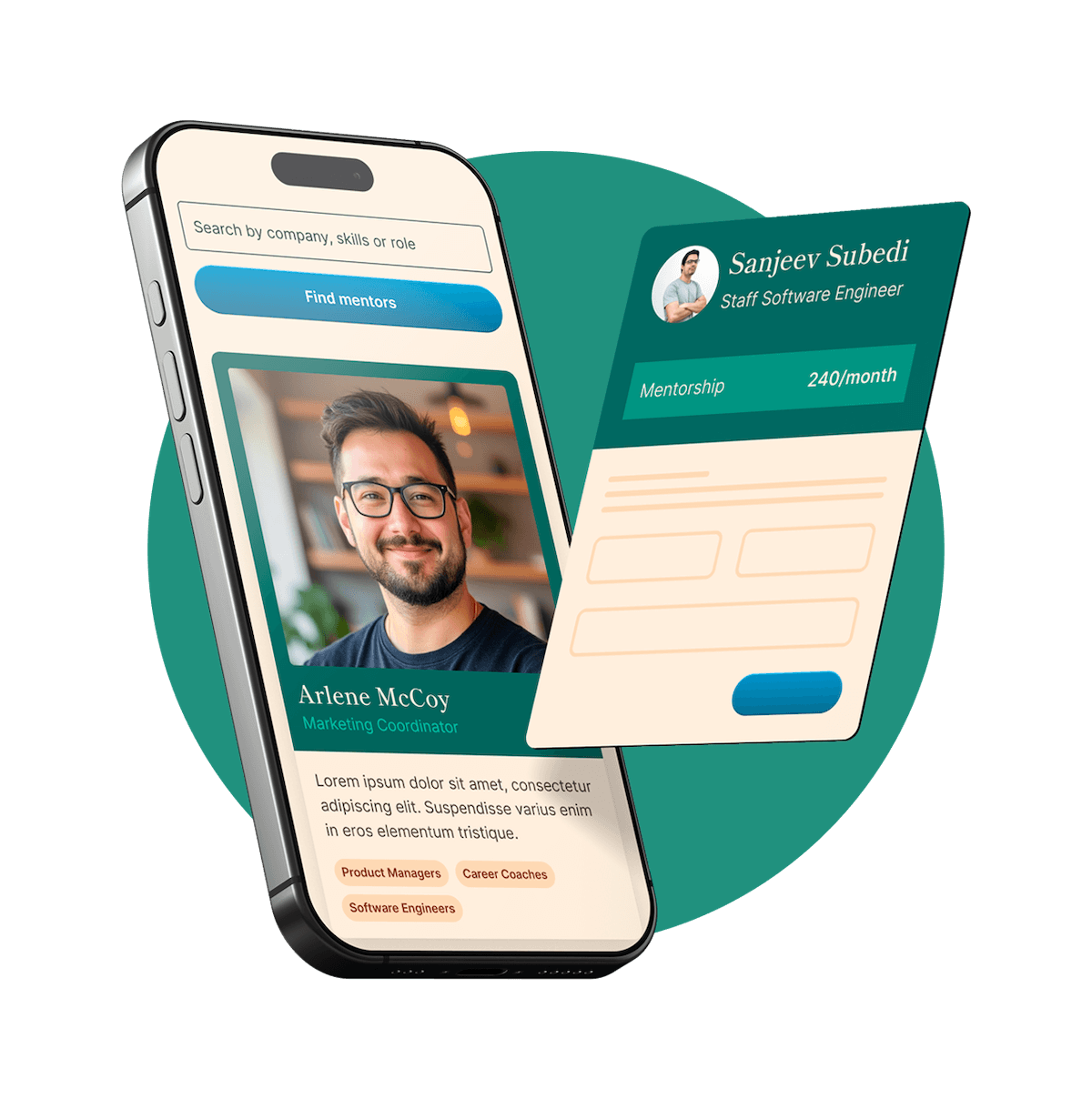As a founder who co-built a food photography app and now mentors early-stage startups, I've witnessed the same painful scenario play out repeatedly: passionate teams spending months building features nobody wants while the actual user problems remain unsolved.
The statistics are sobering. CB Insights analyzed 111 startup failures and found that 42% cited "no market need" as the primary reason for their collapse. In other words, nearly half of these companies built something that didn't solve a real problem for their target users.
This isn't just about small startups, either. Even established companies make this mistake:
The true cost of building the wrong features goes far beyond wasted development time. There's a devastating multiplier effect:
I experienced this firsthand with my food photography app. We initially built sophisticated editing tools because we thought they were cool. Six months later, we discovered that restaurant owners (our target users) didn't care about advanced editing—they wanted seamless menu integration and faster uploads. That misalignment cost us half a year of development and nearly killed our startup.

The flip side? Some of today's most successful companies only found their way after talking to users and making dramatic pivots:
In each case, these founders could have stubbornly stuck to their original vision. Instead, they listened to users and changed course—saving their companies and creating billion-dollar businesses in the process.
You don't need massive user studies to avoid these pitfalls. Even brief, structured research can dramatically improve your odds of building the right thing:
When I mentor founders, I tell them that just 15-20 well-conducted user interviews can reveal 80% of your major usability issues and feature priorities. The trick is asking the right questions and truly listening to the answers.
The most revealing questions I've found are:
These questions uncover the real pain points, not just what users think they want. They reveal workarounds, frustrations, and the actual context in which your product will be used.
After working with dozens of early-stage founders, I've developed a simple framework to determine if you're on the right track. It can be your "Reality Check Matrix." It has just four questions:
If you can't answer "yes" to at least three of these questions, you likely need more user research before committing significant resources to development.
I know what you're thinking: "I don't have time for research. I need to build."
I felt the same way once. But I've learned that for every hour spent on good user research, you save 5-10 hours of development time down the road. It's the highest-leverage activity a founder can engage in.
The reality is that most founders are incredibly busy. You're juggling fundraising, team building, operations, and a dozen other priorities. Finding time to recruit users, conduct interviews, analyze findings, and translate them into product decisions is challenging.
But skipping this step is like trying to save time on a road trip by not looking at a map. You might move faster initially, but you'll likely end up very far from your destination.
For busy founders, there are options. You can:
I understand that as a busy founder, finding time for proper user research can feel impossible when you're already juggling fundraising, team building, and product development.
That's why I've created a specialized "Research Sprint" service for founders like you. Here's what it includes:
This service is designed to save you months of potential misdirection while giving you the confidence that you're building what users actually want.
To book an introductory session and learn more, visit https://cal.mentorcruise.com/christinapetushenko/intro-session-my-research-service-what-to-build-next. In just 80 minutes, we'll discuss your product, target users, and how my research service can help accelerate your path to product-market fit.
Whatever approach you choose, make user research a non-negotiable part of your product development process. The alternative—building in the dark—is far more expensive in the long run.
Your users have the answers. Are you ready to listen?
Find out if MentorCruise is a good fit for you – fast, free, and no pressure.
Tell us about your goals
See how mentorship compares to other options
Preview your first month
